IKEA designs future autonomous cars that work as hotels, stores, and meeting rooms
Once cars can finally drive themselves, we’ll have more time to enjoy the journey and do other, much more interesting stuff instead. At least that’s the concept behind some of the designs below, developed by retail giant IKEA’s “future living lab,” SPACE10, based in Copenhagen.
The design studio/research lab came up with designs for autonomous vehicles that would be extensions of our homes, offices, and local institutions. Some of its seven ideas, shown below, are almost practical. Who can’t imagine autonomously driven cafés or pop-up stores? In fact, they already exist in California—in the form of self-driving cars that have groceries stocked in their back seats.
Other concepts might need a bit more thought, particularly the ones that SPACE10 envisions delivering resources to underserved communities. It may be difficult, for example, for a self-driving health clinic to bring medical care to truly remote areas. Nevertheless, the designs are useful for sparking conversations about the ways autonomous vehicles could transform everyday life.
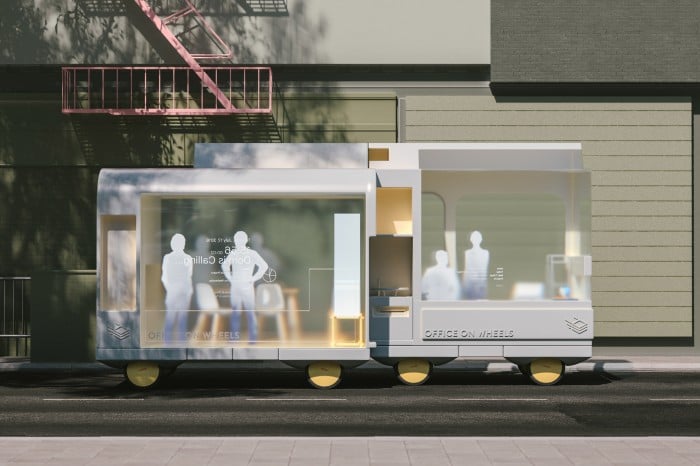
Why not turn your entire commute into one long meeting? SPACE10’s Office on Wheels would enable you to not just work on your way to work, but also hold group discussions in a mobile version of a conference room.
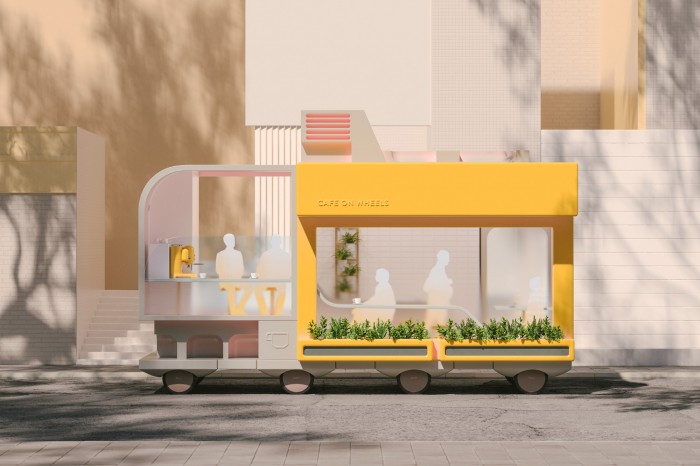
This café would help people socialize while also getting where they need to go.
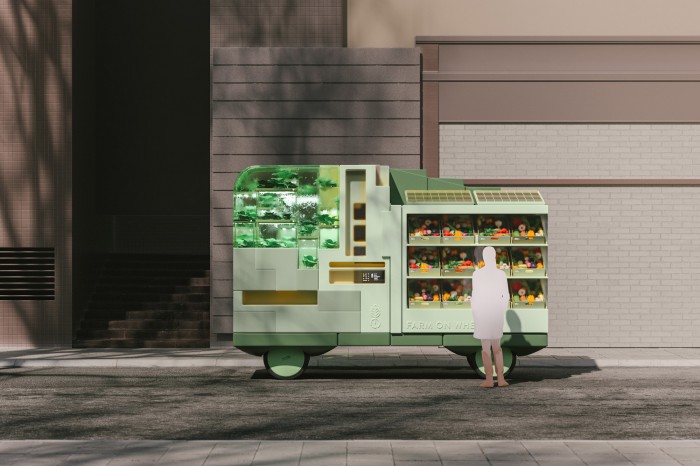
Why not have the farmers’ market come to you?
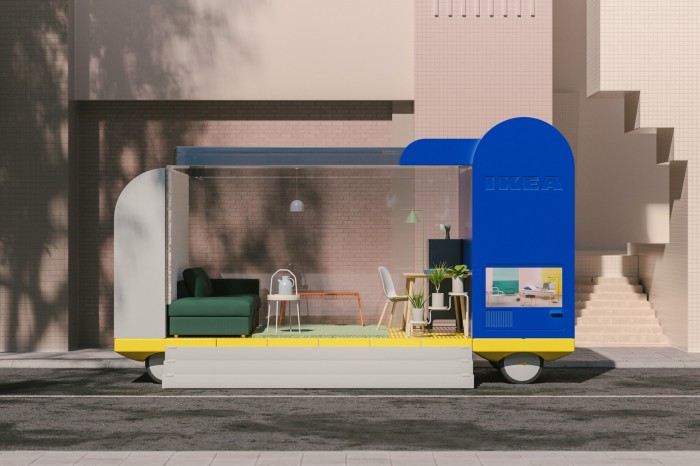
Or just a mini IKEA store?
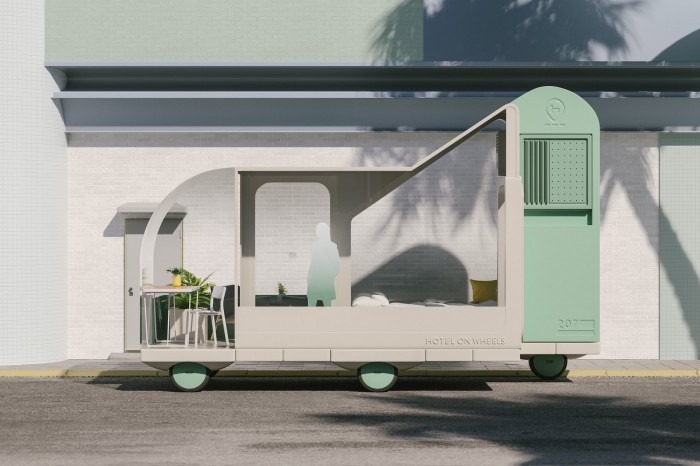
Could sleeping in your car seem appealing? SPACE10 imagines us going to bed in autonomous vehicles that would be as comfortable as standard hotel rooms.
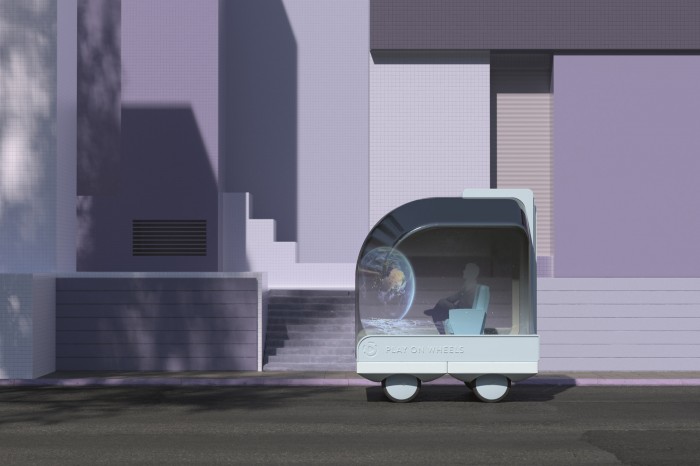
This tour bus design has windows that display augmented-reality images so passengers can learn about their surroundings in a more vivid way.
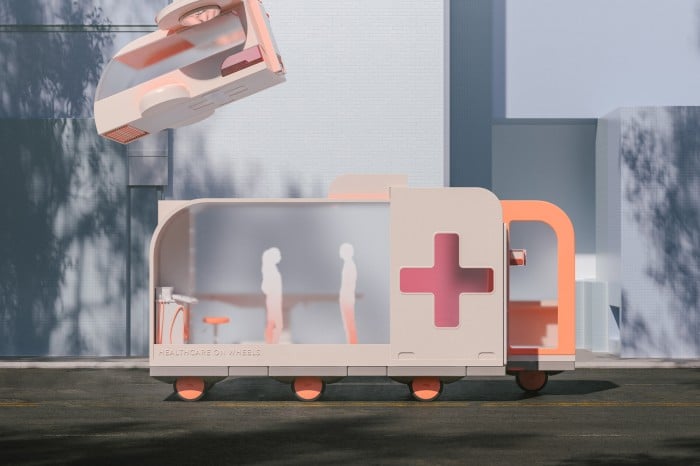
SPACE10 claims that using self-driving cars to transport medical professionals could make it easier for mobile clinics to visit underserved communities.
Keep Reading
Most Popular
Large language models can do jaw-dropping things. But nobody knows exactly why.
And that's a problem. Figuring it out is one of the biggest scientific puzzles of our time and a crucial step towards controlling more powerful future models.
How scientists traced a mysterious covid case back to six toilets
When wastewater surveillance turns into a hunt for a single infected individual, the ethics get tricky.
The problem with plug-in hybrids? Their drivers.
Plug-in hybrids are often sold as a transition to EVs, but new data from Europe shows we’re still underestimating the emissions they produce.
Stay connected
Get the latest updates from
MIT Technology Review
Discover special offers, top stories, upcoming events, and more.